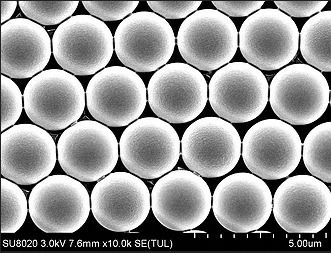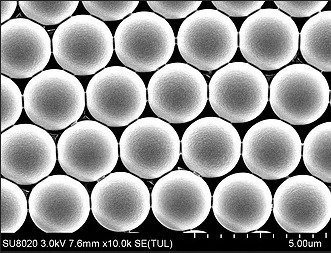Polystyrene Microparticles – What Do You Need To Know

Nanoparticles are a mechanical crude material that is utilized to make numerous kinds of logical things for, for example, spectrophotometer cuvettes, fluorometer cuvettes, stream channel cells, quartz microfluidic chips, and numerous other optical items utilized for stream cytometers and molecule sizes. Combined silica quartz can likewise be utilized to make stubborn shapes because of the way that the quartz material has extraordinary warm stun obstruction and are incredibly steady to most synthetic components and mixes.
This sort of quartz can deal with a high grouping of acids and not be influenced. The main corrosive that affects the Polystyrene nanoparticles would be hydrofluoric corrosive. Indeed, even in low focuses this would negatively affect the material. Stream channel cuvettes produced using this material are often utilized for applications, for example, stream cytometry, molecule tallying, molecule estimating, and different applications.
 Polystyrene microparticles
Polystyrene microparticles
Intertwined quartz and melded Polystyrene microparticles are types of glass that are for the most part comprised of silica in its non-crystalline structure. They are produced by utilizing a few unique procedures. The quartz framed by warming the material to its softening point and quickly cooling it (called splat-extinguishing or liquefy extinguishing) is alluded to as vitreous. This term is equivalent to utilizing the word glass, for instance, glass quartz.
Combined quartz or silica is delivered by melding high virtue silica in a unique heater. This methodology is done at incredibly high temperatures, more than 1,000 degrees Fahrenheit.
Produced using a high centralization of silicon-rich synthetic compounds, manufactured quartz is regularly shaped utilizing a continuous flame hydrolysis process. This procedure includes synthetic gasification of silicon, oxidation of this gas to silicon dioxide, and warm combination of the subsequent residue (in spite of the fact that there are elective procedures).
The result of this procedure is a straightforward quartz glass material with an excessively high immaculateness and the best optical transmission in the profound UV otherwise known as bright, otherwise called the far bright range.



